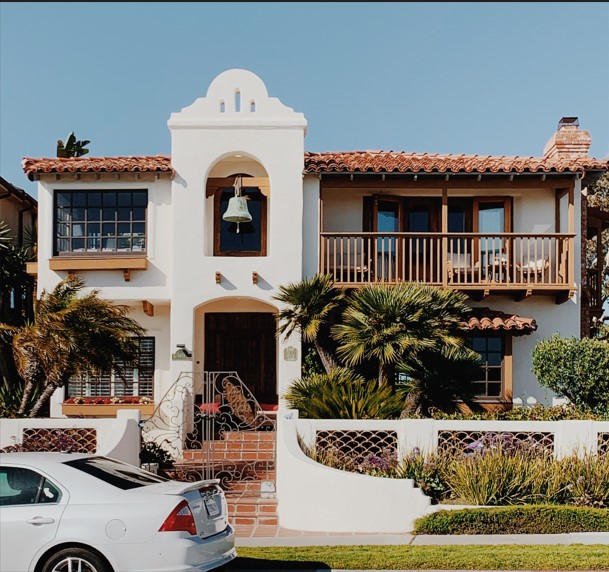The Mediterranean region is known for its sunny climate, beautiful beaches, and vibrant culture. The architecture of homes in this region is just as stunning, with a mix of styles and designs that reflect each country’s unique history and heritage. In this article, we’ll explore the different types of houses found in the Mediterranean.
We’ll also take a closer look at Caribe at The Island Park, a beautiful residential Dasmarinas Cavite subdivision, that embodies the charm and beauty of Mediterranean-inspired architecture. Whether you’re a homeowner, an architect, or simply a lover of beautiful homes, read on to discover the many different types of houses.
What is a Mediterranean Type of House?
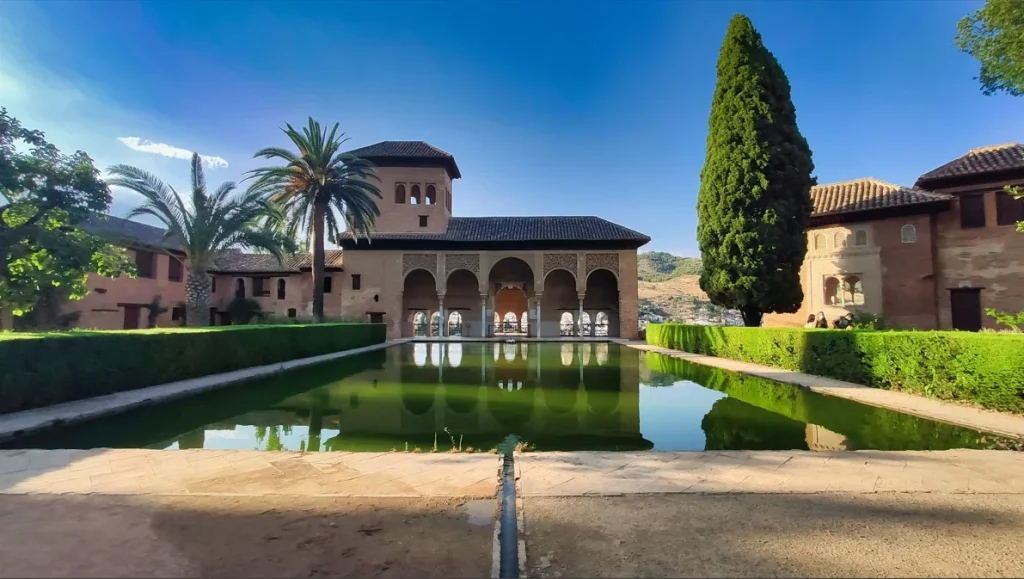
A Mediterranean-style house often referred to as Mediterranean Revival architecture is a building design that has its roots in the Mediterranean and was eventually made popular in the US in the early 20th century. Stucco walls, red tile roofs, and wrought-iron balconies are examples of architectural features that reflect the Mediterranean lifestyle.
The Mediterranean region contains numerous nations with a wide range of architectural styles and house types. Some of the most prevalent styles of houses seen in the Mediterranean are:
White-Washed Houses
These are houses made of white lime plaster, which is a traditional building material in the region. These houses are often found in countries like Greece and Cyprus.
Stone Houses
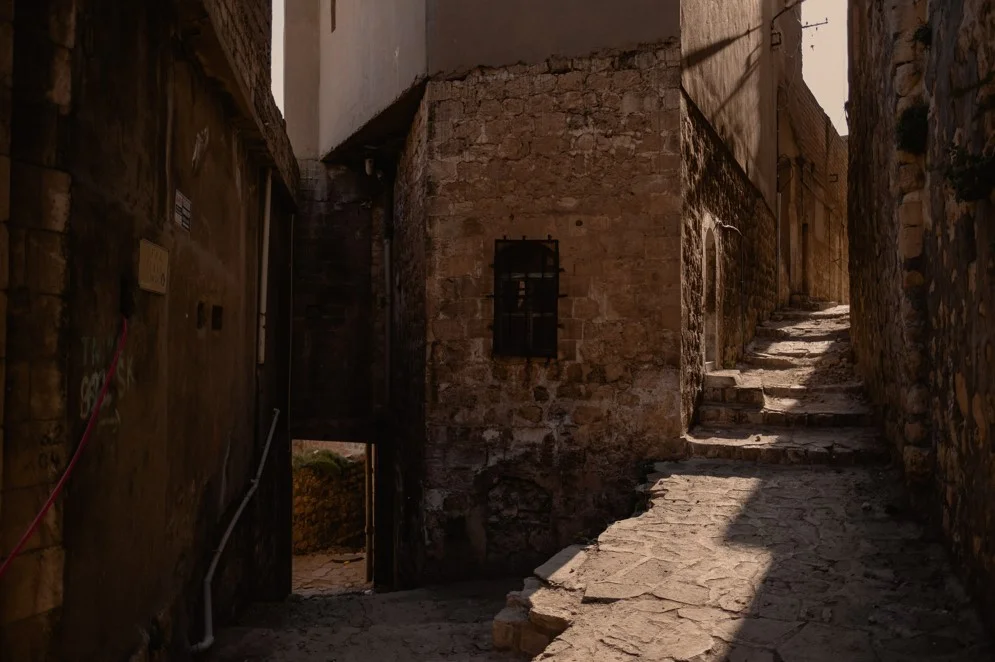
Stone is a commonly used building material in the Mediterranean due to its durability and availability. Stone houses can be found throughout the region, from the traditional houses in the mountainous regions of Spain to the hillside villages of Italy.
Terracotta Houses
Terracotta is a type of clay that is fired at high temperatures to make durable building materials. Terracotta houses can be found in countries like Turkey and Morocco, where the warm reddish-brown color of the material is often used to create a warm and welcoming atmosphere.
Courtyard Houses
These are houses built around a central courtyard, which is a common architectural feature in many Mediterranean countries. The courtyard provides shade and a private outdoor space for the residents.
Villas
In some Mediterranean countries, villas are often large, premium houses with gardens or swimming pools. These houses are typically found in coastal areas or on the outskirts of cities.
Cave Houses
In some areas, such as Cappadocia in Turkey, people have traditionally carved homes out of the soft volcanic rock in the region. These cave houses offer natural insulation and help keep the interior cool in the hot summer months.
Mediterranean architecture is as diverse as the place itself, and it frequently reflects the local environment, way of life, and history.
Mediterranean Style Houses Are Classified Into Three Types:
Italian Renaissance (Italian Architecture)
This style is distinguished by columns and rounded arches, which were inspired by structures from the Italian Renaissance.
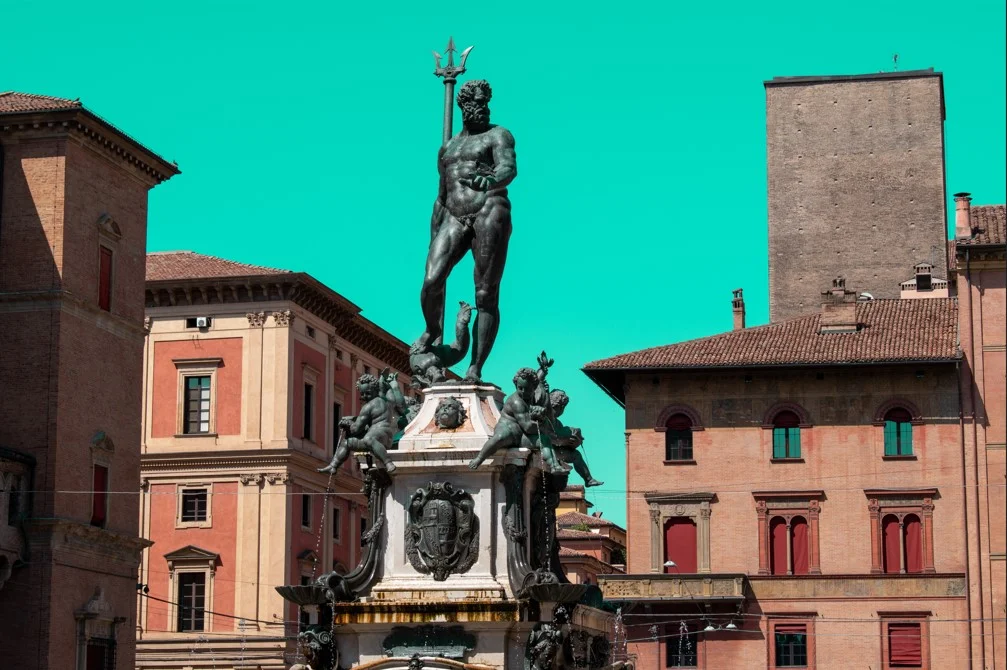
Spanish Revival
This Spanish colonial-style house generally has simple, clean lines and a low-pitch roof.
Modern Mediterranean Homes
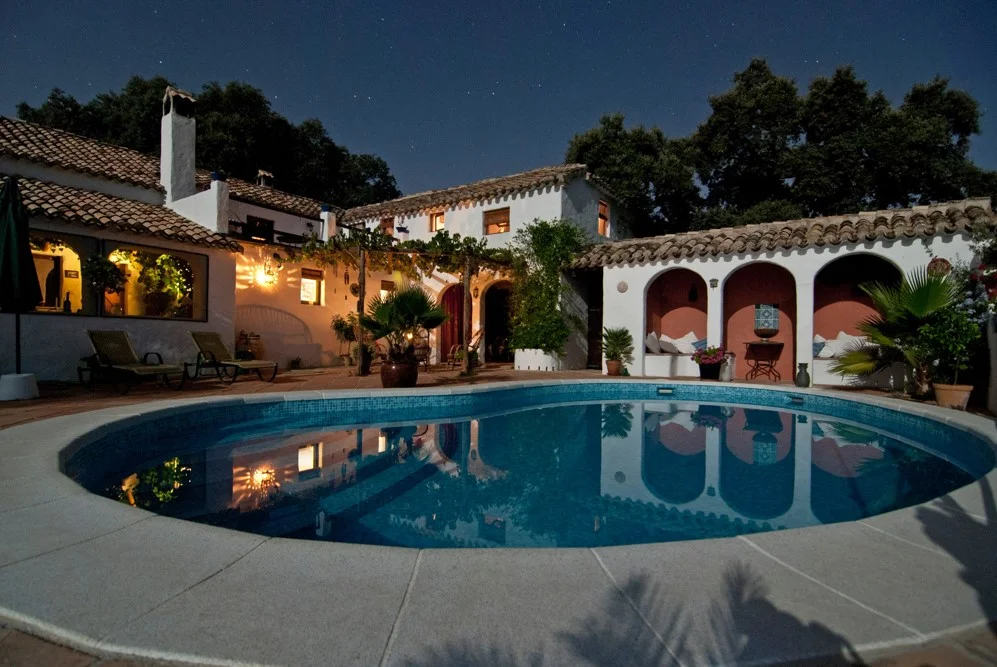
The design incorporates traditional Mediterranean characteristics with a modern twist. These homes include an emphasis on indoor-outdoor living and vast, open floor designs, as well as Spanish and Italian influences.
Live in a Mediterranean-Themed Dasmarinas Cavite Subdivision
A Caribbean-themed neighborhood has queen lots ranging from 105 to 502 square meters. With Caribe’s theme houses with vast floor areas and a huge space lot area, you may create your own house. The Islands is a premium residential neighborhood ideal for leading a carefree and joyful life. With lush vegetation, golden coconut palms, and tropical flowers.
Appreciate the facilities on this property, which include outdoor activities, such as a family park, a swimming pool, and a clubhouse. These recreational areas are designed to meet the requirements of their residents without requiring them to leave the sanctuary of the neighborhood. The Islands took the Tropical paradise as an inspiration and provided a community with a calm environment.
What Architectural Styles May Be Found in the Mediterranean?
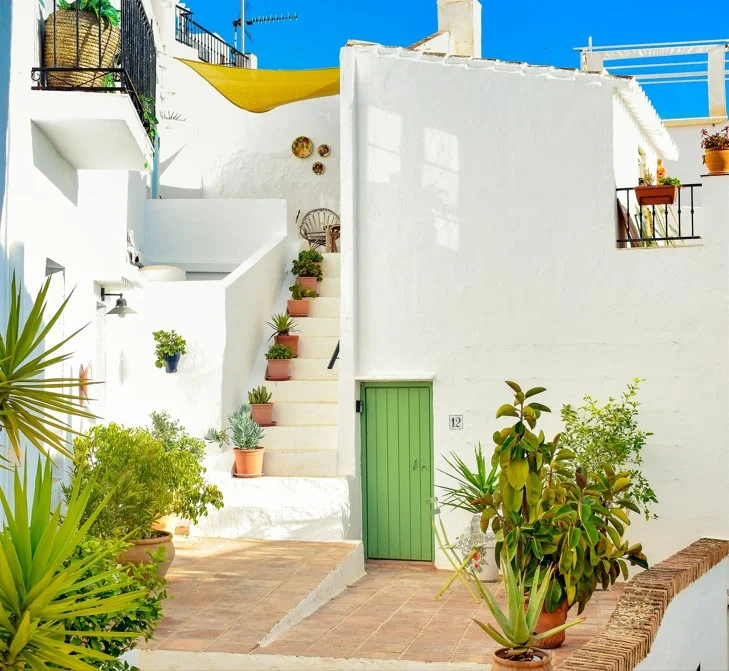
The Mediterranean region is home to various architectural styles, each with its unique characteristics and influences. However, some of the most common architectural styles found in the Mediterranean include:
Spanish Colonial Architecture
This Spanish architecture style is distinguished by a mix of Spanish and indigenous components, such as adobe walls, tile roofs, and ornamental elements such as wrought iron balconies and wooden shutters. Spanish Colonial Architecture may be seen in places like Mexico, Peru, and the Philippines, where it has had a considerable impact on local culture and traditions.
Classical Architecture
This style is based on the principles of Greek and Roman architecture, which were widely used in the Mediterranean region during ancient times. It is characterized by columns, pediments, and other decorative elements.
Islamic Architecture
This style is prevalent in the Islamic countries of the Mediterranean, such as Morocco, Tunisia, and Turkey. Islamic architecture is known for its intricate tile work, geometric patterns, and ornate arches.
Gothic Architecture
This style is found in Mediterranean countries with a history of Gothic influence, such as Spain and Portugal. Gothic architecture is characterized by pointed arches, ribbed vaults, and ornate stone carvings.
Renaissance Architecture
This style emerged during the Renaissance period in Italy and is characterized by symmetry, proportion, and the use of classical forms and motifs.
Baroque Architecture
This style is characterized by ornate decoration, dramatic shapes, and theatrical effects. It emerged in Italy in the 17th century and later spread throughout the Mediterranean.
Mediterranean Revival Architecture
This style emerged in the early 20th century and is characterized by stucco walls, red tile roofs, and arched windows and doorways. It was inspired by the architecture of the Mediterranean region and was popular in the United States in the 1920s and 1930s.
What is Mediterranean House Design?
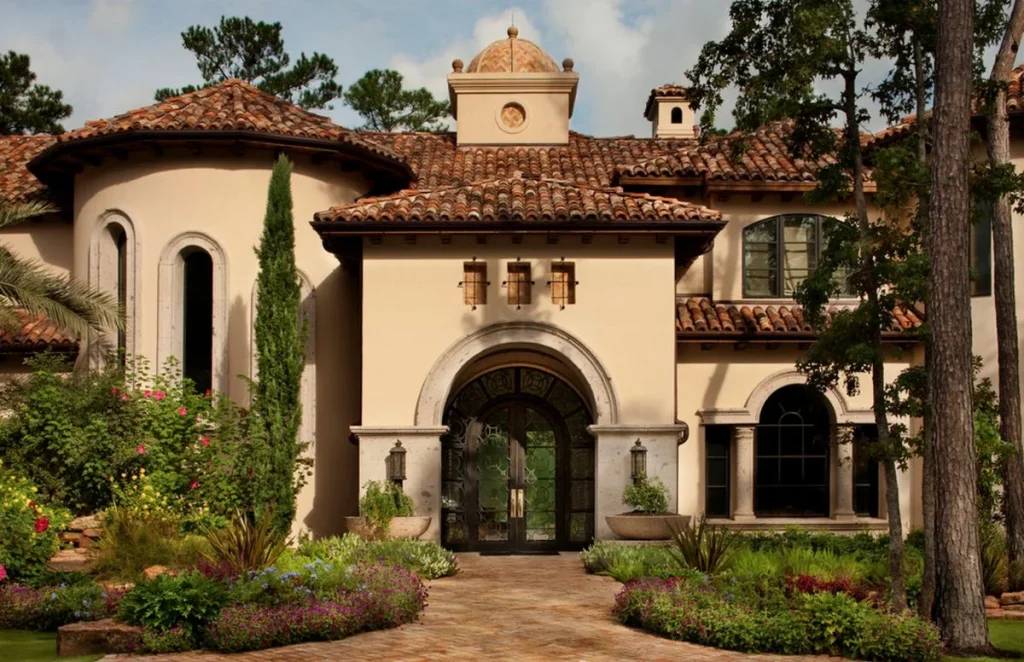
Mediterranean house design, also known as Mediterranean Revival architecture, is a popular style of residential architecture that is inspired by the traditional homes found in the Mediterranean region. The ideas of the architectural style originated in the early 20th century in the United States and have since become a popular choice for homeowners who want to create a warm and inviting atmosphere with a touch of Old World charm.
Mediterranean house design is known for its relaxed and inviting feel, with a focus on creating a comfortable and welcoming atmosphere. This style of architecture is popular in warm and sunny climates, where the use of natural materials and outdoor spaces can create a seamless connection between the home and its surroundings.
Difference Between Modern Mediterranean and the Traditional Mediterranean Houses Design
Traditional Mediterranean style is characterized by ornate details, such as elaborate tile work, hand-painted murals, and decorative ironwork, as well as a warm and welcoming color palette. The design often features arches, columns, and courtyards to create a sense of indoor-outdoor living. Materials used include natural stone, stucco, and clay tiles, which are often used to create intricate patterns and designs.
Modern Mediterranean style, on the other hand, has a modern twist, like it takes a more streamlined and minimalist approach. It retains some of the key elements of traditional Mediterranean design, such as stucco exteriors and red tile roofs, but simplifies the ornate details in favor of clean lines and geometric shapes. Modern Mediterranean design also emphasizes open spaces and a minimalist color palette, with a focus on creating a more streamlined and contemporary living space.
Modern Mediterranean design is a fresh and updated take on traditional Mediterranean design, with a focus on simplicity, functionality, and contemporary aesthetics. It retains the warm and inviting atmosphere of traditional Mediterranean design while incorporating modern elements and a more streamlined approach to style and materials.
Related Blog: What are the Different Architectural Home Styles?


